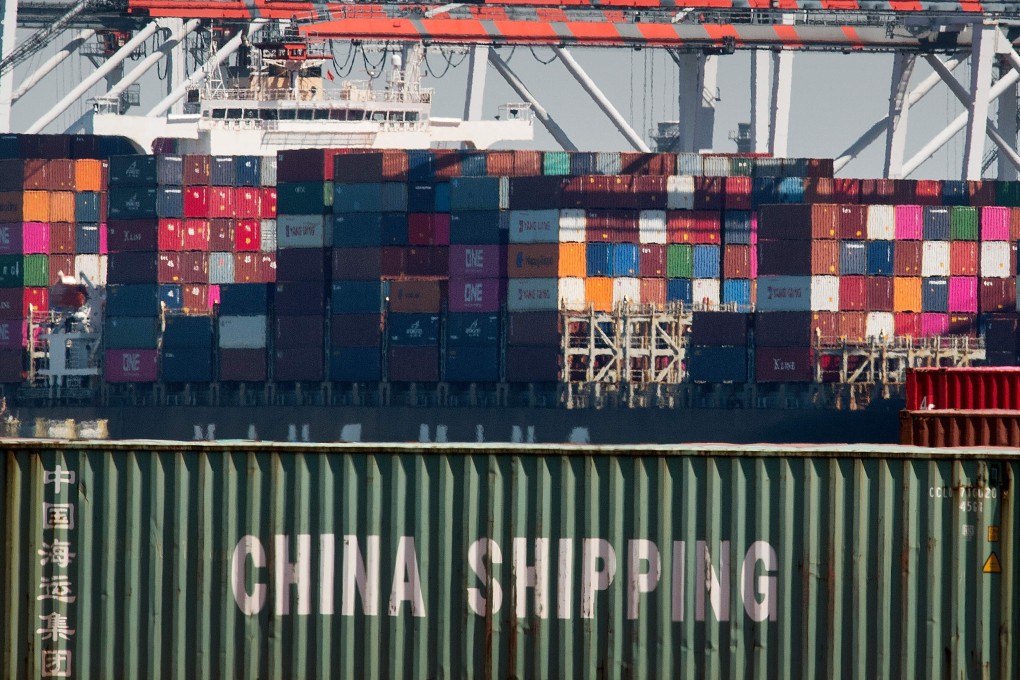Explainer | China tariffs: what are they and how are they used?
- Tariffs, along with anti-dumping and countervailing duties, are tools in the protectionist trade policy armoury, but their functions and applications differ
- In recent years, China has seen a spike in bilateral tariffs with the United States, due to the tit-for-tat tariffs levied on each other’s exports during the ongoing trade war

What are tariffs?
Tariffs are extra customs duties imposed on imported goods, usually paid by importers. Tariffs are generally designed to make imported goods more expensive than similar products produced domestically. And because they are designed to protect the domestic industry, they are often described as “protectionist”.
Import tariffs are viewed as a form of taxation, the revenues of which go to the government. Most independent trading nations or territories have tariff regimes, charging a percentage on imported goods, codified in its customs agencies’ tariff schedule.
The global average in 2017, according to the World Bank, was 2.6 per cent. High-income nations, with an average tariff rate of 2.0 per cent, typically have lower tariffs and more open economies than lower-income countries, where the World Bank found the average tariff rate to be 9.8 per cent.
This suggests that richer countries are generally more comfortable with free trade, while poorer countries often do not have industries that can compete with global players, and typically follow more protectionist policies. Governments in poorer countries are also more likely to need the revenue generated from import tariffs.